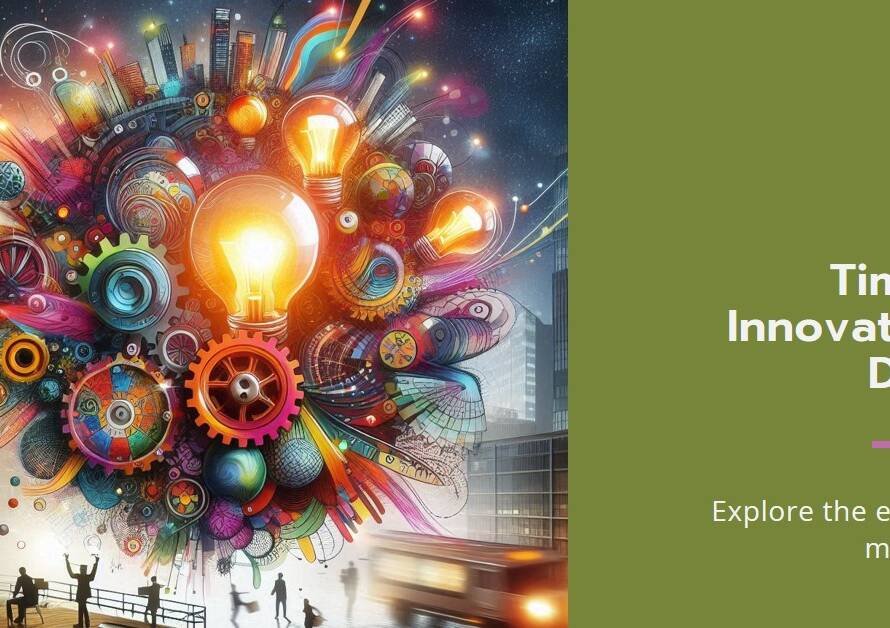
Table of Contents
- Introduction:
- The Power of Eco-Art: A New Era of Creativity
- Sustainable Materials: The Foundation of Eco-Friendly Art
- Nature as Canvas: Land Art and Its Impact
- Public Art Installations: Bringing Eco-Art to Urban Spaces
- Interactive Art: Engaging Audiences in Environmental Dialogue
- Community Art Projects: Building Sustainable Futures Together
- Digital Art and Technology: Pioneering Sustainable Innovation
- Educational Art Programs: Inspiring the Next Generation
- The Future of Eco-Art: Challenges and Opportunities
Introduction:
In today’s rapidly evolving world, the intersection of art and environmental design is becoming increasingly significant. Artists are finding innovative ways to address ecological concerns while inspiring audiences to consider the environment in new, creative ways. This blog post explores various art projects inspired by environmental design, illustrating how creativity and sustainability can coexist harmoniously.
The Power of Eco-Art: A New Era of Creativity
Eco-art, also known as environmental art, is a genre that has gained prominence over the last few decades. It encompasses a broad range of artistic practices aimed at raising awareness about environmental issues and promoting sustainable practices. By integrating elements of environmental design, artists create thought-provoking works that highlight the beauty and fragility of our natural world.
Artists like Andy Goldsworthy and Agnes Denes have pioneered this movement, using natural materials and landscapes to create temporary and permanent installations. Their works not only captivate viewers but also encourage them to reflect on their relationship with nature. Through eco-art, artists can communicate powerful messages about conservation, climate change, and the importance of protecting our planet.
Sustainable Materials: The Foundation of Eco-Friendly Art
One of the most crucial aspects of environmental design in art is the use of sustainable materials. Artists are increasingly turning to recycled, reclaimed, and biodegradable materials to minimize their ecological footprint. This shift towards sustainability not only benefits the environment but also adds a unique dimension to the artwork, making it more meaningful and relevant.
For instance, Brazilian artist Vik Muniz is renowned for his intricate portraits made entirely from recycled materials. His work transforms everyday objects into stunning pieces of art, demonstrating the potential of repurposing waste. Similarly, artists like Aurora Robson use discarded plastics to create large-scale sculptures, highlighting the pervasive issue of plastic pollution while showcasing the possibilities of upcycling.
Nature as Canvas: Land Art and Its Impact
Land art, a form of environmental art that emerged in the 1960s, involves creating site-specific works directly within natural landscapes. This genre often requires collaboration with environmental scientists, architects, and engineers to ensure that the artworks are both aesthetically pleasing and ecologically sound. By using the earth as their canvas, land artists create monumental pieces that are inextricably linked to their surroundings.
Artists such as Robert Smithson and Nancy Holt have made significant contributions to land art with their iconic works like “Spiral Jetty” and “Sun Tunnels.” These projects not only interact with the environment but also change over time, influenced by natural elements like wind, water, and light. Land art encourages viewers to engage with the natural world in a new way, fostering a deeper appreciation for the environment.
Public Art Installations: Bringing Eco-Art to Urban Spaces
Public art installations offer an excellent platform for environmental design, bringing eco-art to urban areas where it can reach a broader audience. These installations often address specific environmental issues faced by cities, such as air pollution, waste management, and green space preservation. By integrating art into public spaces, artists can create a dialogue about sustainability and inspire communities to take action.
For example, the “Trash People” series by German artist HA Schult features life-sized sculptures made from waste materials, displayed in various cities worldwide. These installations highlight the global problem of waste and encourage viewers to reconsider their consumption habits. Similarly, the “Field of Light” by Bruce Munro uses solar-powered LED lights to create a mesmerizing landscape, promoting the use of renewable energy in urban design.
Interactive Art: Engaging Audiences in Environmental Dialogue
Interactive art projects offer a dynamic way to engage audiences in conversations about environmental design. By involving viewers directly in the creation or experience of the artwork, these projects foster a deeper connection to the environmental message being conveyed. Interactive art can take many forms, from participatory installations to digital media, each offering unique opportunities for engagement.
An inspiring example is Olafur Eliasson’s “The Weather Project,” which transformed the Turbine Hall of Tate Modern into an immersive environment exploring the complexities of weather and climate. The installation encouraged visitors to contemplate the impact of climate change on their daily lives. Similarly, the “Plastic Reflectic” installation by Luzinterruptus invited participants to fill transparent tubes with discarded plastic, creating a visual representation of plastic waste while encouraging recycling.


Community Art Projects: Building Sustainable Futures Together
Community art projects play a vital role in promoting environmental design by involving local communities in the creation process. These projects often address specific environmental issues within a community, fostering a sense of ownership and responsibility towards sustainable practices. By working together, artists and community members can create impactful artworks that resonate on a personal and collective level.
One notable example is the “River of Light” project in Pittsburgh, where artists and residents collaborated to create illuminated sculptures from recycled materials. This project not only beautified the city’s riverside but also raised awareness about water pollution and conservation. Similarly, the “Eco-Art Project” in New York City involved local schools in creating murals and sculptures from recycled materials, educating students about sustainability while enhancing their creative skills.
Digital Art and Technology: Pioneering Sustainable Innovation
The integration of digital art and technology into environmental design is opening new avenues for creativity and sustainability. Digital art offers limitless possibilities for artists to explore environmental themes, from virtual reality experiences to interactive installations that respond to environmental data. This innovative approach allows artists to reach a global audience and inspire change on a larger scale.
Artists like Refik Anadol use data visualization to create stunning digital installations that reflect environmental phenomena. His “Melting Memories” series, for example, uses real-time data on climate change to create dynamic visualizations that engage and educate viewers. Similarly, the “Weather Report” project by artist Tega Brain uses weather data to generate digital art, highlighting the impact of climate change in a visually compelling way.
Educational Art Programs: Inspiring the Next Generation
Educational art programs that incorporate environmental design principles are essential for fostering a new generation of eco-conscious artists. These programs provide students with the knowledge and skills needed to create sustainable art while instilling a deep appreciation for the environment. By integrating environmental themes into art education, we can inspire young artists to consider the ecological impact of their work and explore innovative solutions for a sustainable future.
Programs like the “Green Art Lab Alliance” offer workshops and residencies focused on sustainable art practices, connecting artists with environmental experts and resources. Similarly, the “Eco-Art Education” initiative by the Center for Ecoliteracy provides educators with tools and curriculum guides to integrate environmental themes into their art classes. These programs not only nurture creative talent but also promote a culture of sustainability within the arts.
The Future of Eco-Art: Challenges and Opportunities
As the field of eco-art continues to evolve, artists face both challenges and opportunities in their pursuit of sustainable creativity. One of the primary challenges is balancing artistic expression with environmental responsibility. Artists must navigate the complexities of sustainable materials, ethical sourcing, and ecological impact while maintaining the integrity of their work.
However, these challenges also present opportunities for innovation and collaboration. The growing awareness of environmental issues has created a demand for art that addresses sustainability, providing artists with new platforms and audiences. Additionally, advancements in technology and materials are opening up exciting possibilities for eco-art, allowing artists to push the boundaries of what is possible.
In conclusion, art projects inspired by environmental design offer a powerful way to address ecological concerns and promote sustainable practices. By using eco-friendly materials, creating site-specific works, engaging communities, and integrating technology, artists can create impactful works that inspire change and foster a deeper connection to the natural world. As we look to the future, the continued evolution of eco-art holds great promise for a more sustainable and creatively vibrant world.



